Let’s agree first; Sight provides information about the world more than any other sense. The intricate human brain possesses exceptional capabilities to interpret diverse forms of visual communication. However, have you ever wondered which aspect your brain focuses on first while gazing at an object – its color, shape or content?
Recent research has shown that the human brain processes color and shape simultaneously but may prioritize color. In a study published in the journal “Nature Neuroscience” in 2013, researchers found that neurons in the human brain respond to color and shape but react more strongly to color. This suggests that color is a more salient feature of objects than shape. For example, a red apple is more likely to be noticed than a green apple, even if the green apple is the same size and shape.
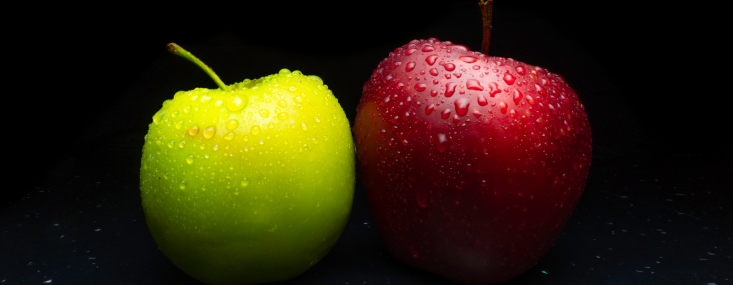
Or let’s say you’re designing a website for a clothing brand. Based on the research, you might consider making the colors of the products pop more on the website than the actual shapes of the clothing items. This could mean using a colourful header image featuring models wearing the clothing or making the product images more considerable and more prominent than other elements on the page.
Similarly, you could use color in your call-to-action (CTA) buttons to make them stand out more than the surrounding text. For instance, if the background of your website is primarily neutral(white, grey, or black), using a bright red or green CTA button could be more effective at drawing the user’s attention than a button with a plain or muted color.
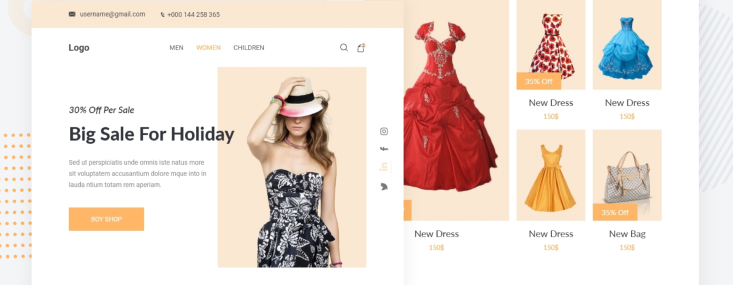
Ultimately, the key takeaway is that understanding how the brain processes color and shape can help UX and brand designers make intentional choices about how they use these elements in their designs to create a more effective user experience.
Interestingly, the brain processes color and shape in different parts of the visual cortex, and the color is processed in the occipital lobe, while the shape is processed in the parietal lobe. This suggests that the brain may have evolved to process color and shape separately to process visual information more efficiently.

However, it is essential to note that the brain does not always process color and shape simultaneously. Sometimes, the brain may focus on one feature more than the other. For example, if you are looking for a specific object, you may be more likely to notice its shape than its color.
As a UX designer, understanding how the brain processes color and shape is essential. By knowing which feature the brain prioritizes, designers can make more informed decisions when designing products, such as websites or mobile apps. For example, if a designer wants to draw the user’s attention to a specific element on a page, they may choose to use a contrasting color to make it stand out.
In addition, brand designers can benefit from this knowledge by choosing the right color and shape combinations to create a strong brand identity. By understanding how the brain processes color and shape, designers can create visual elements that resonate with their target audience and communicate the desired message.
Designers are the bridge between technology and the people, and human capabilities.
Don Norman
In conclusion, I think shapes take priority over Colors when conveying Meaning and Utility, and color takes priority over shape when it comes to feeling and judgment. As my friend said, she is a psychologist, pointed out, “Many factors affect how we process information, and that’s why context plays such a critical role.” I fully agree with her views. It’s critical for designers to comprehend how the brain processes color and shape so that they can make informed decisions while creating products or branding.
Finally, you won’t want to pass up the opportunity to check out my Instagram post. It’s packed with valuable insights on this very topic.
SEE YOU IN THE NEXT POST… STAY CREATIVE


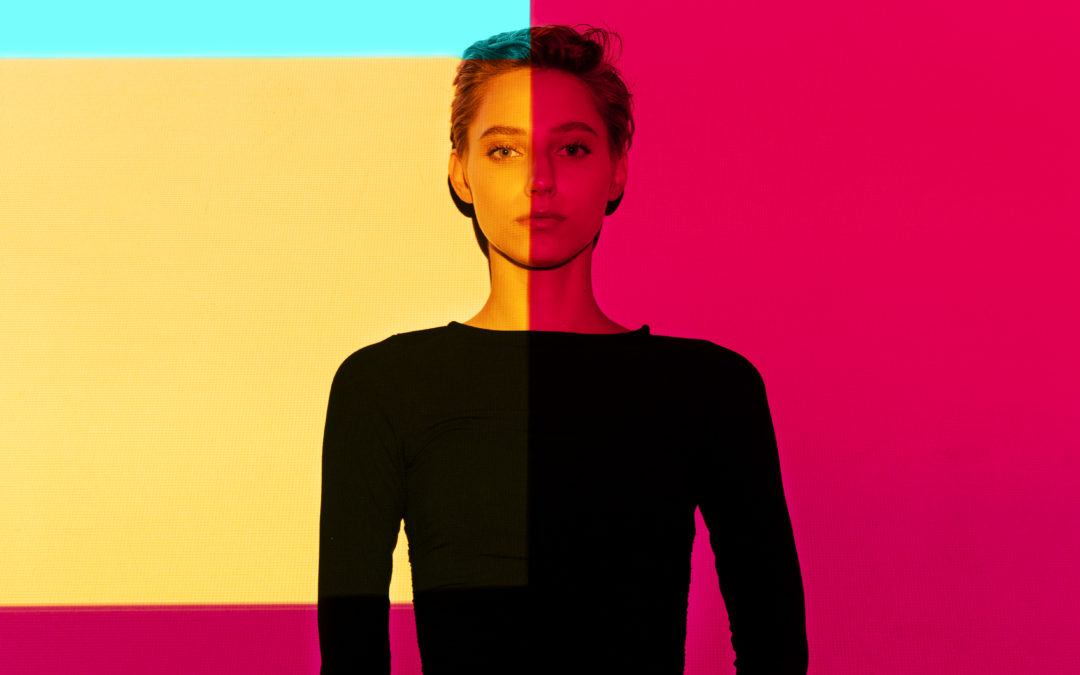
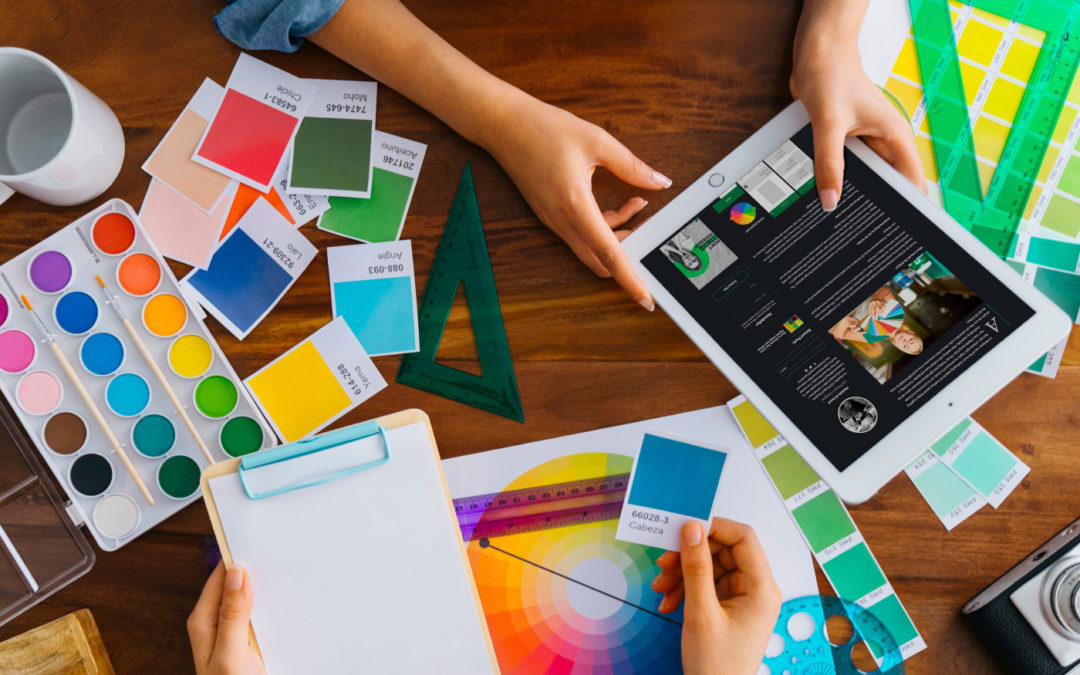
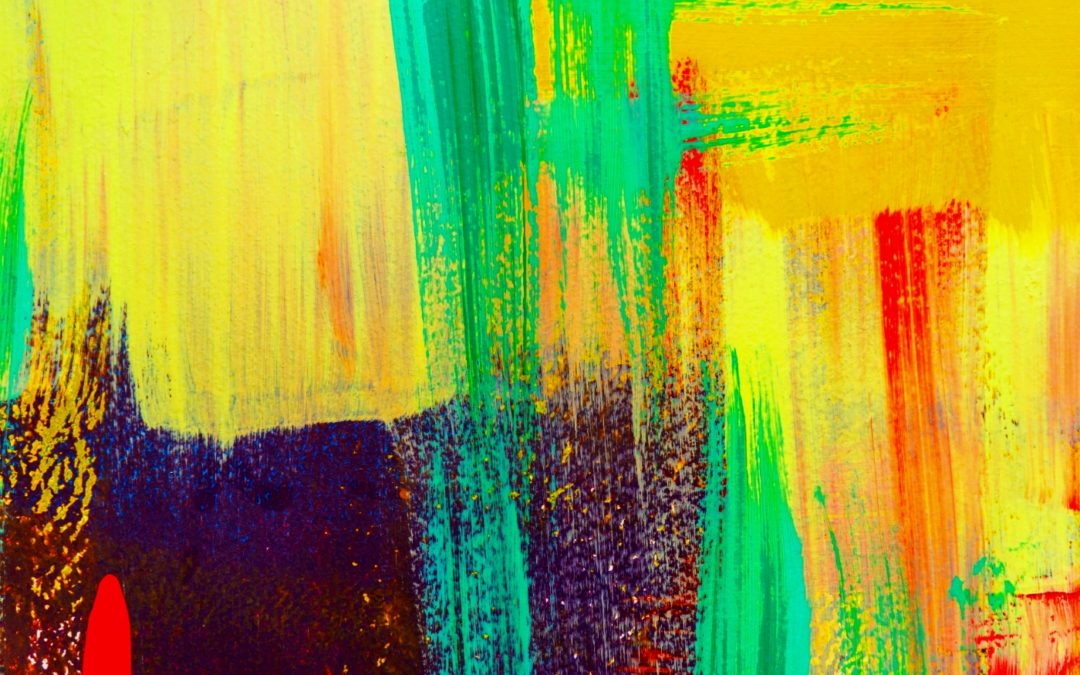

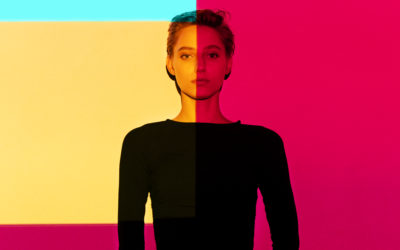
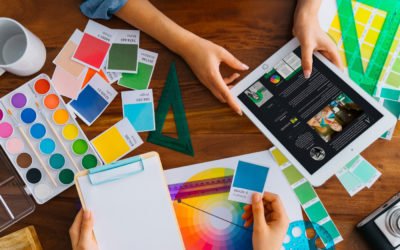
0 Comments